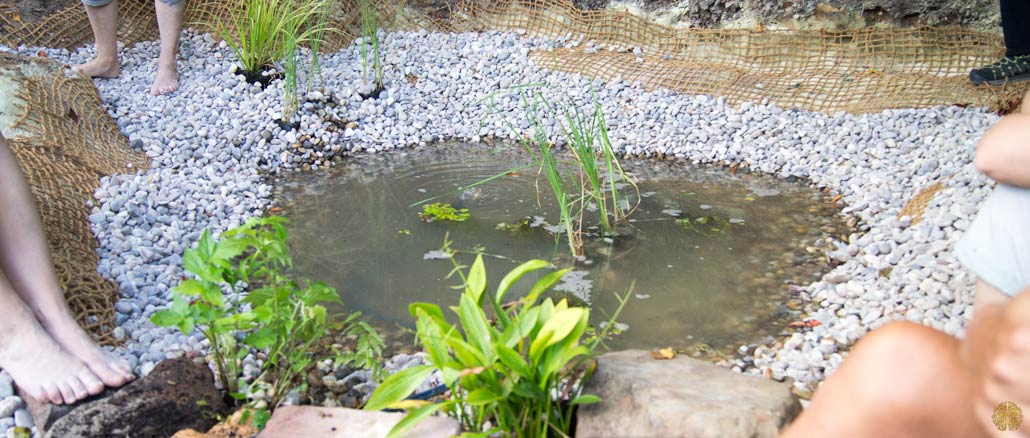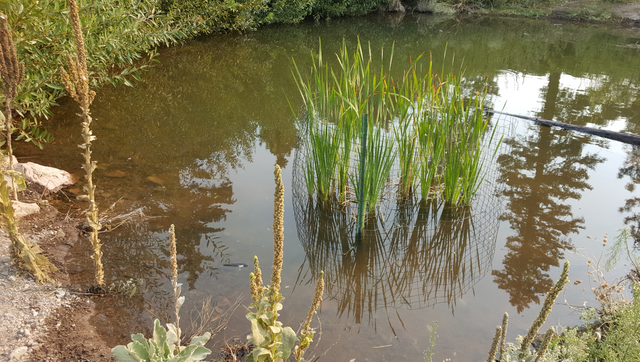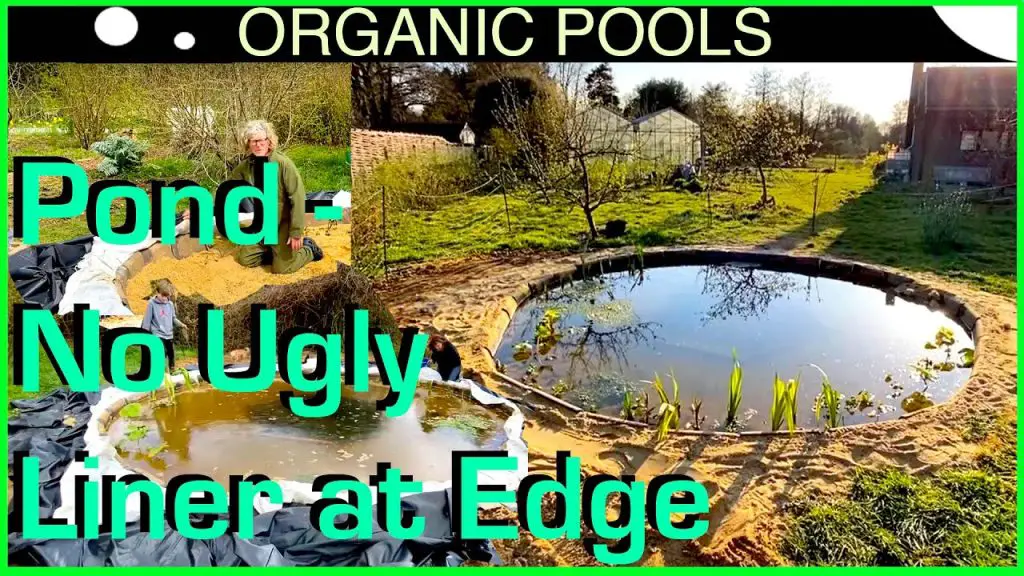Welcome to our guide on creating a natural pond without using a liner. Building a pond without a liner can be a sustainable and environmentally friendly way to enhance your garden or landscape. Let’s explore the steps and considerations involved in making a natural pond that blends seamlessly with its surroundings.
Benefits of a Natural Pond Without a Liner
Before we delve into the process of building a liner-free pond, let’s discuss some of the benefits of this approach:
- Enhances biodiversity by providing a habitat for aquatic plants and animals
- Creates a more natural look that integrates with the surrounding environment
- Reduces the need for synthetic materials and chemicals
- Can be a more cost-effective alternative to traditional lined ponds
Steps to Make a Natural Pond Without a Liner
Creating a natural pond without a liner involves careful planning and consideration of the ecosystem you want to establish. Here are the steps to guide you through the process:
1. Choose The Right Location
Select a spot in your garden or landscape that receives a good amount of sunlight and has access to a water source for filling the pond. Ensure the area is relatively flat and away from the roots of large trees that could puncture the pond bed.
2. Excavate The Pond Area
Use a shovel or an excavator to dig out the shape of the pond you desire. Create shelves of varying depths to accommodate different types of aquatic plants and provide habitats for wildlife. The size and depth of the pond will depend on your space and aesthetic preferences.
3. Compact The Soil
After excavating the pond area, compact the soil at the bottom and around the edges to create a stable base for the pond. This step helps prevent water from seeping into the surrounding soil and maintains the shape of the pond over time.
4. Create a Natural SealTo seal the pond without a liner, you can use a combination of clay, bentonite, and organic matter such as leaves or straw. Layer these materials on the bottom and sides of the pond, making sure to compact them well to form a natural seal that prevents water from leaking out.
5. Fill The Pond
Once the natural seal is in place, fill the pond with water from a clean water source. Allow the pond to fill gradually, and monitor the water level to ensure it remains stable. It may take some time for the natural seal to fully set and prevent any leakage.
6. Add Aquatic Plants And Wildlife
Introduce a variety of aquatic plants such as water lilies, irises, and submerged plants to enhance the ecosystem of the pond. You can also add fish, frogs, and other wildlife to create a balanced and thriving pond environment.
7. Maintain The Pond
Regular maintenance is essential to keep your natural pond healthy and vibrant. Monitor water quality, remove debris, and control algae growth as needed. Consider using natural methods such as adding beneficial bacteria or introducing floating plants to help maintain the balance of the ecosystem.

Credit: www.svarttorpet.se

Credit: steemit.com
Conclusion
Creating a natural pond without a liner can be a rewarding and sustainable project that adds beauty and biodiversity to your garden. By following the steps outlined in this guide and paying attention to the needs of the ecosystem, you can enjoy a thriving pond that harmoniously blends with its surroundings. Embrace the beauty of nature with a liner-free pond!


